Directed by James Wan (‘Saw,’ ‘Insidious,’ ‘Aquaman’), ‘The Conjuring’ is a supernatural horror film based on the exploits of real-life paranormal investigators Edward and Lorraine Warren. Likened to ‘The Exorcist,’ the film is an epitome in the genre of horror. The film’s atmospheric dread and the demonic entities are not for the faint-hearted, as it packs within itself some genuinely scary moments.
Wan’s adept direction and the engaging screenplay conjures a haunting that can easily translate into nightmares. Weaving multiple elements in its narrative, ‘The Conjuring’ sets up a cinematic tale of the paranormal investigators delving into aspects of clairvoyance as well. The film has spawned a successful franchise of its own, traversing through different timelines in history. Having said that, the hauntings intrigued us, and we decided to look through its details. SPOILERS AHEAD.
The Conjuring Plot Synopsis
In the year 1971, the Perron family moves into a house in Harrisville, Rhode Island. The family consists of Roger and Carolyn Perron and their five children — Andrea, Nancy, Christine, Cindy, and April. Their dog Sadie refuses to enter the house, which is an ominous foreboding in itself. In the first few days, supernatural happenings occur in the house. The clock stops exactly at 3:07 am, Sadie turns up dead, and Christine encounters an evil spirit. The youngest child, April, is befriended by a spirit that manifests through a music box.
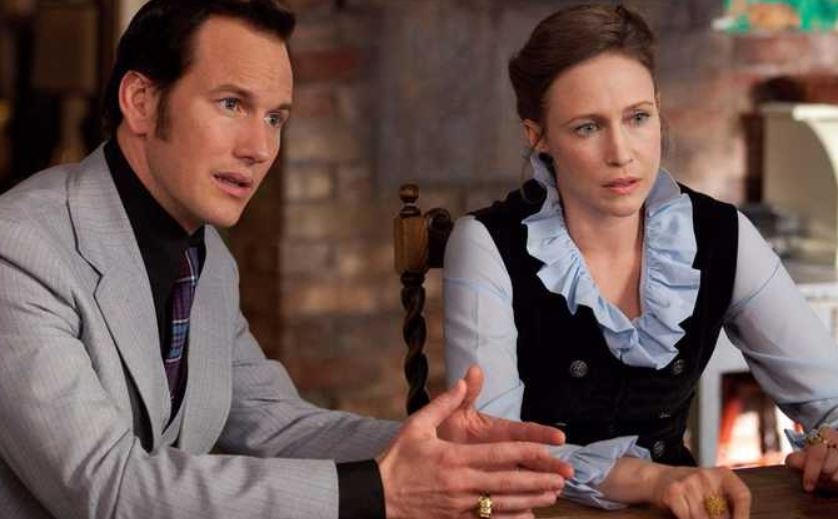
Carolyn investigates a dissonant sound in the house, and in the process, gets trapped in the basement. On the other hand, Andrea and Cindy are tormented by a supernatural entity who they think to be the spirit that Christine had encountered. These terrible happenings take a toll on the family. They decide to call in paranormal investigators Ed and Lorraine Warren to find the cause and possibly relieve themselves from the torment.
The Warrens are fresh out from an investigation into a demonic doll called Annabelle. Upon an initial investigation, the Warrens find that the Perron family house harbors a malevolent supernatural entity, and an exorcism might be a possible relief measure. To conduct an exorcism, they have to gather evidence and send it to the Vatican, who will, in turn, sanction the exorcism.
Ed and Lorraine discover that in 1863, the house was Bathsheba Sherman’s residence. She was a woman who had apparently murdered her week-old child in a satanic ritual. She was accused of witchcraft and committed suicide by hanging herself from a tree in the house’s compound. They also encounter multiple reports that indicate numerous suicides and deaths in the property where the house is built.
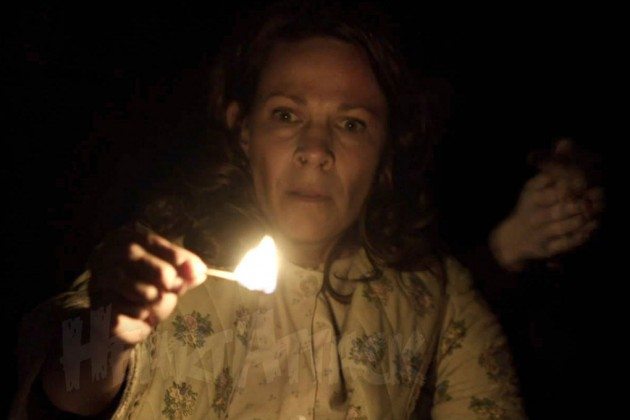
The Warrens enlist their assistant, Drew Thomas, to help them gather evidence of demonic presence. Meanwhile, Carolyn is possessed by the spirit of Bathsheba, which triggers a series of hostile occurrings that plague the family. The Warrens show their evidence to Father Gordon, who tells them that they have to wait for the exorcism until an official statement arrives from the Vatican.
The happenings in the house become dangerous with each passing moment, jeopardizing the lives of the family members. Sensing that Carolyn might sacrifice one of her daughters, Ed decides to initiate the exorcism before it’s too late. The final act comprises some horrifying moments that shake the faith of the family. Ultimately, the Warrens are able to save the Perrons after a morbid and near-fatal event.
The Conjuring Ending: Is the Exorcism Successful?
Bathsheba’s spirit is a malevolent entity that does not want its house to be occupied by anyone. It possesses Carolyn and forces her to sacrifice her children, which will destroy the family. The presence of the spirit is strong, which is evident from its control over Carolyn and the utter disregard for the Holy Cross placed in the house. In the end, when Carolyn tries to stab Christine, she is restrained in a chair by Drew and Roger.
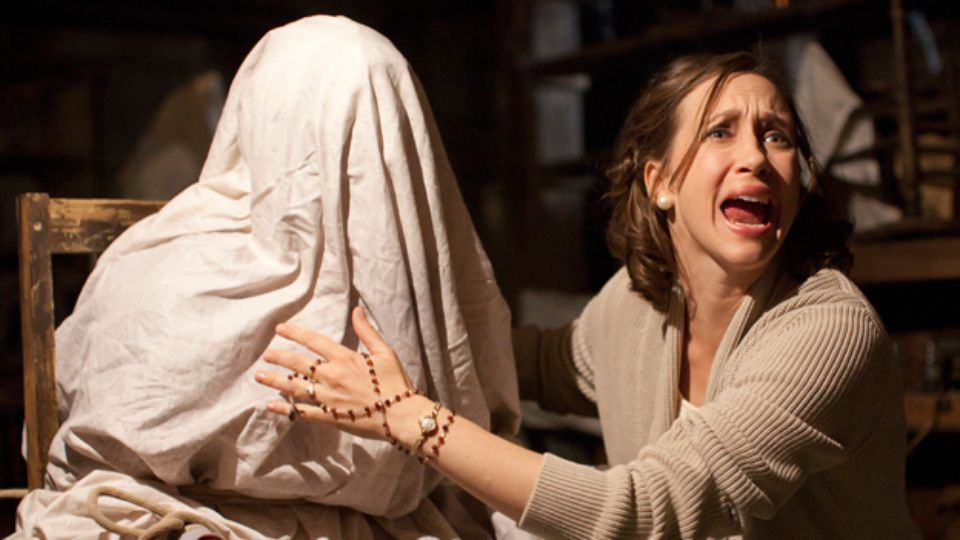
Ed doesn’t want to wait anymore for the Vatican order and proceeds with the exorcism. Carolyn overpowers the restraints and breaks free. She deduces the whereabouts of April and rushes to kill her. Lorraine distracts Carolyn as she reminds her of a pleasant memory of her family. Ed gets the time to finish the exorcism and pushes away Bathsheba’s spirit.
What Happens to Carolyn?
Ed’s inexperience with exorcisms comes to light when he is unable to complete the process at one go. Moreover, Bathsheba’s spirit is a powerful entity as it has been haunting the house compounds for over a century. It also attacks Ed and Lorraine’s daughter by gaining access through the Annabelle doll. This fact makes it evident that the spirit’s domain is not limited to the property at Rhode Island, as it can manifest in different places by latching on to people.
However, the spirit is ultimately purged from Carolyn’s body as the latter’s strong bond with her children overcomes the possession. Lorraine can identify this aspect as she observes the Perron family photographs and even remarks about the strength of their filial connections. Lorraine taps into this aspect and persuades Carolyn to remember the happy moments. In essence, the love of a mother overcomes the hatred of the vile spirit. At last, Carolyn is able to reunite with her family with the help of the Warrens.
What Does the Music Box Signify?
Ed and Lorraine Warren are in possession of many artifacts that they have collected from their past investigations. The film starts with the Annabelle doll’s story and how it haunts the people who possess it. The doll is later seen in Warren’s museum of haunted objects, a place blessed by a priest once every month. Ed Warren explains that the artifacts are inanimate objects that become a conduit for the spirit to interact with the human world. Their destruction doesn’t necessarily mean that the spirit residing in it will also be erased. Hence, Ed keeps them in his house, which acts as a containment for the inhabiting spirit.

In the case of the Perron family, many other spirits also reside in their house. Lorraine actually ascertains the truth of Bathsheba when she encounters a woman’s spirit who apparently killed her child and hanged herself. The spirit then proclaims, “She made me do it.” This indicates that the past inhabitants of the property also faced the same haunting as the Perron family.
Now, April encounters the music box, a toy that was already present in the house. She is able to visualize her “friend” in the mirror of the box, which shows that it might be a conduit for the spirits present there. As the narrative moves further, it becomes clear that the house has a dark past. This realization comes through the music box: a conduit for the paranormal entities to converse with the Perrons. Also, Lorraine sees the woman’s spirit afflicted by Bathsheba’s curse through the mirror in the music box.
We can assume that the mirror reflects the past, which can be sensed in a moment of clairvoyance. In the end, the music box is kept in Warrens’ museum, and it inexplicably opens up. This indicates two things: the music box is an entrapment for the spirits in the Perron family house, and it establishes Ed’s theory that spirits can be contained but not nullified.
What Did Lorraine Warren See During the Exorcism of the Farmer?
In one of the introductory scenes, we see the Warrens delivering a lecture on demonology in a college in an auditorium. They play a video showing the exorcism of a farmer who is possessed by a demonic entity. Later, we get to know that the exorcism had an adverse impact on Lorraine as she was afflicted by terrible visions and secluded herself for several days. This fact indicates the vulnerability of Lorraine, which can be perceived as an occupational hazard. Lorraine’s clairvoyance is a gift that sometimes plays as a curse that troubles her deeply.
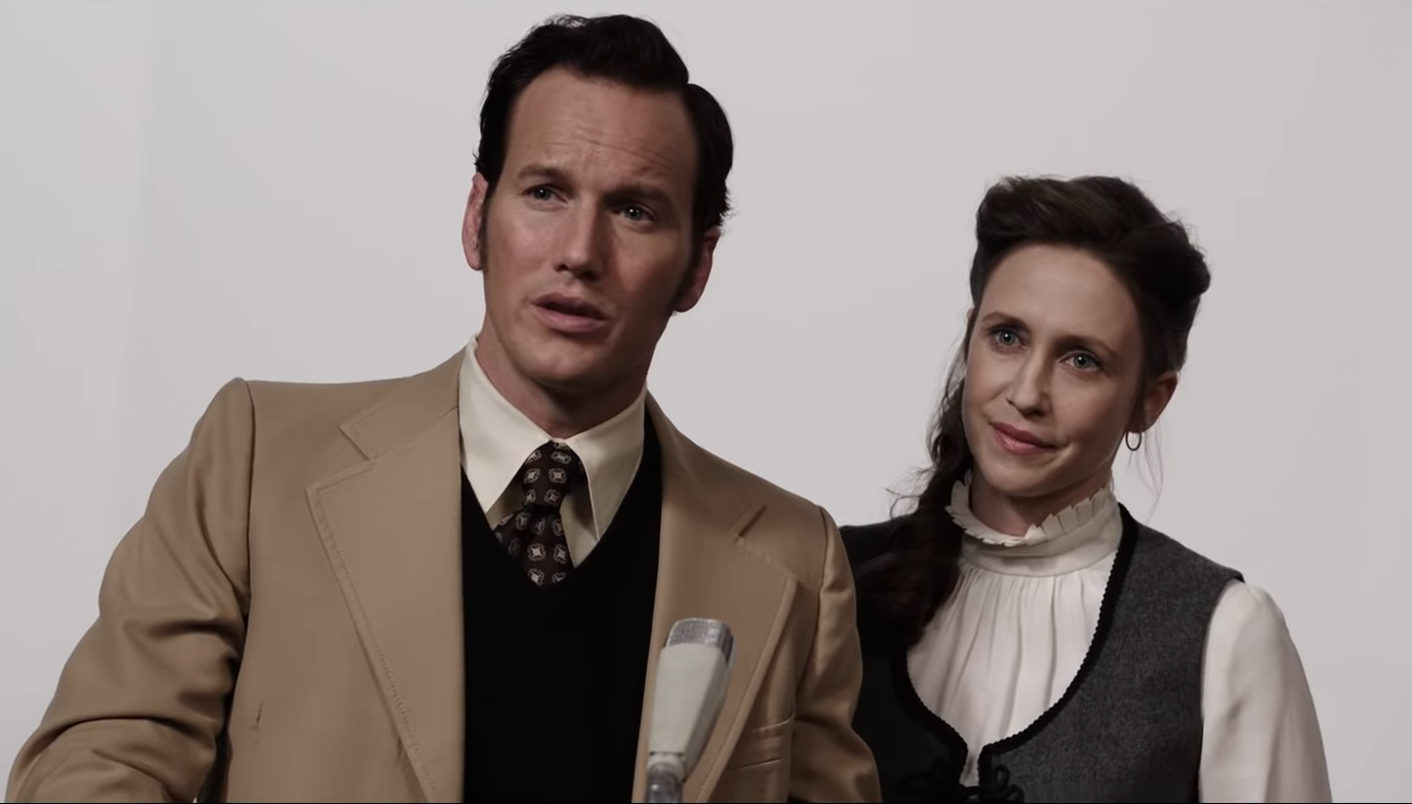
Probably she has dangerous visions of Ed’s death during the fateful exorcism of the farmer that affects her mind. Even though she tries to use her visions to benefit others, there is serious collateral damage affecting her family. We can conclude that the Perron family haunting is a dangerous case as it forces Ed to conduct an exorcism. While giving the lecture, Ed categorically mentions that he is not authorized to conduct an exorcism. Despite being one of the best ghosthunters, the Warrens have to face difficulties and cross certain boundaries while saving other people’s lives.
Read More: Is The Conjuring Based on a True Story?

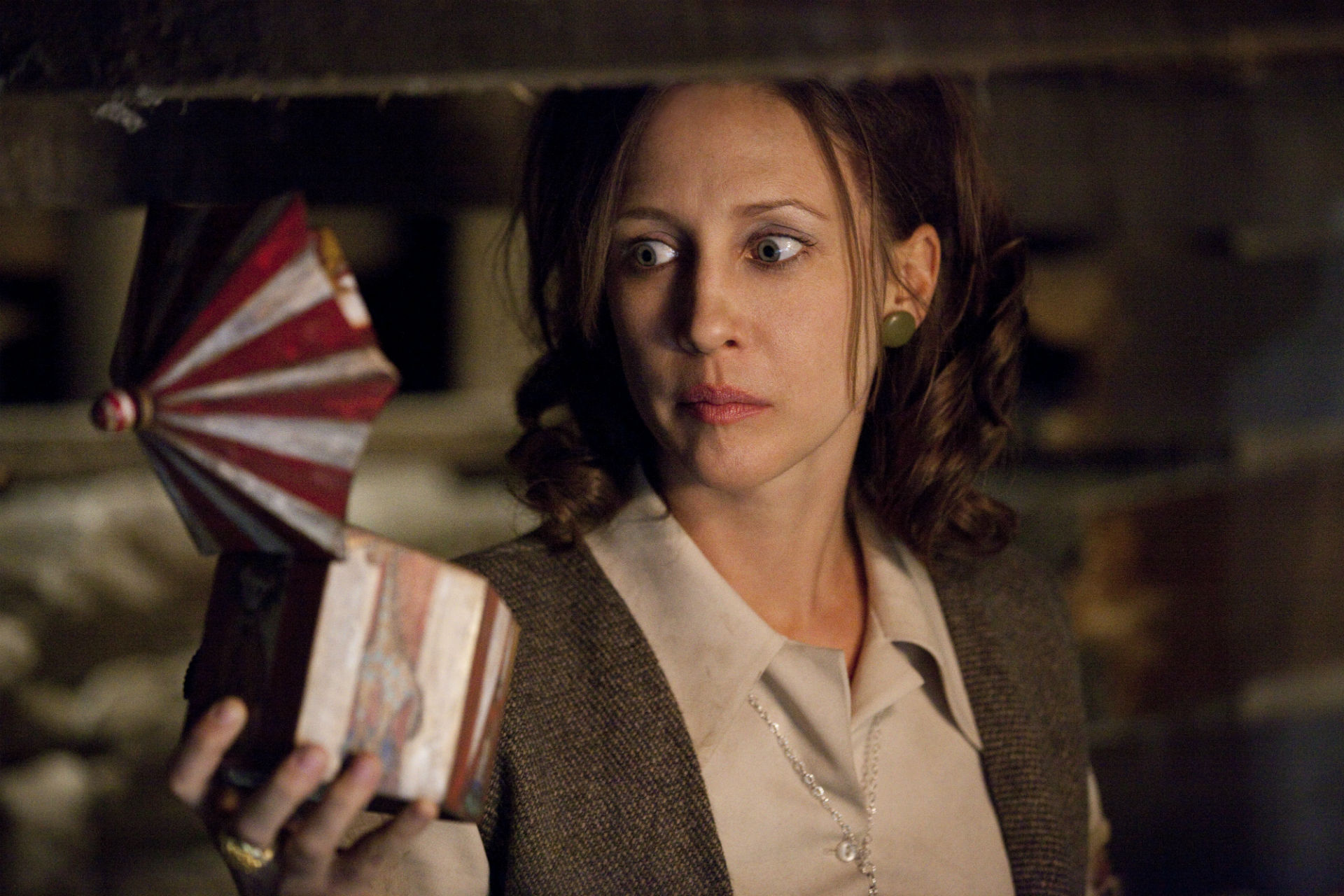
You must be logged in to post a comment.